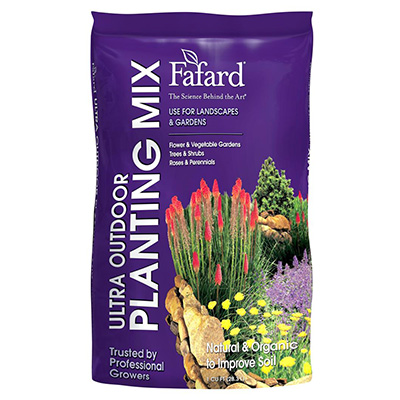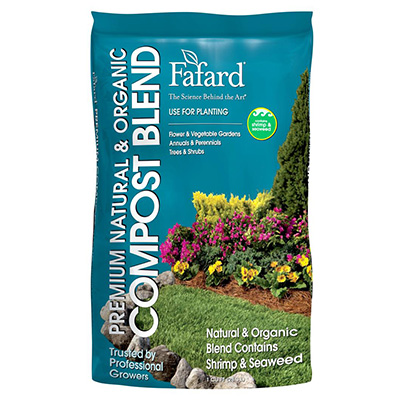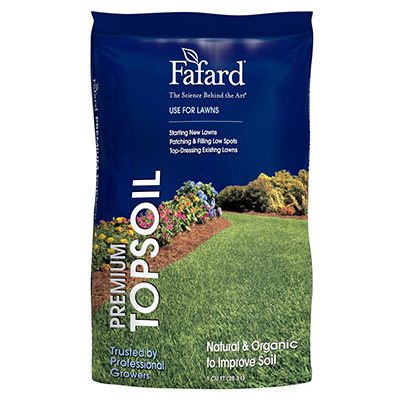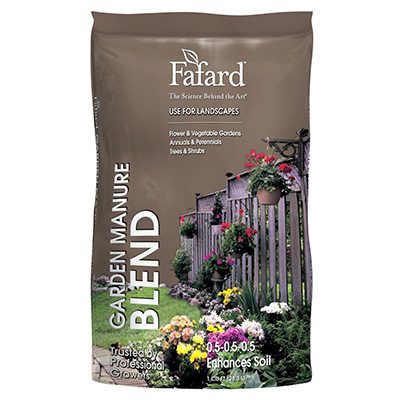
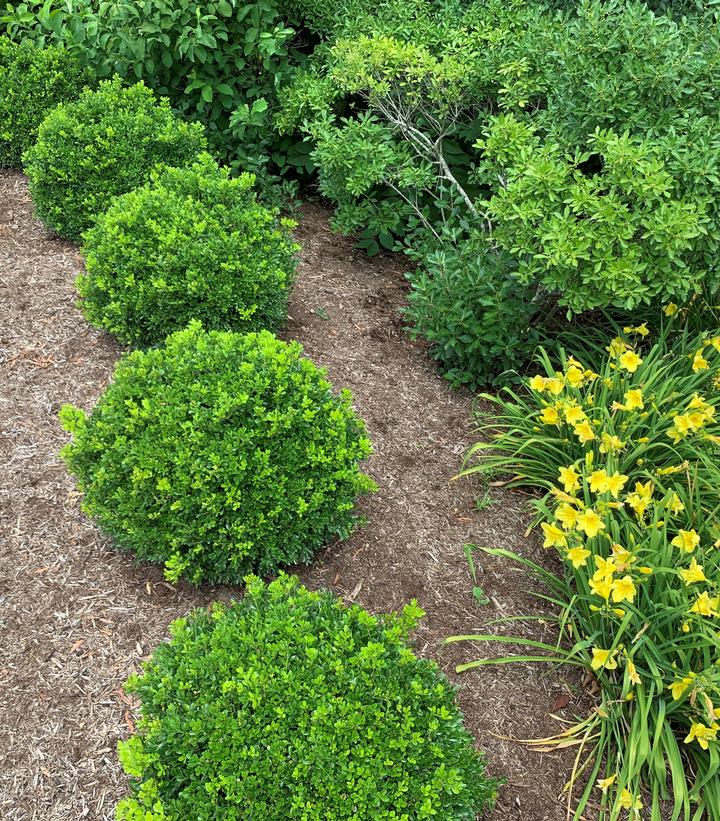
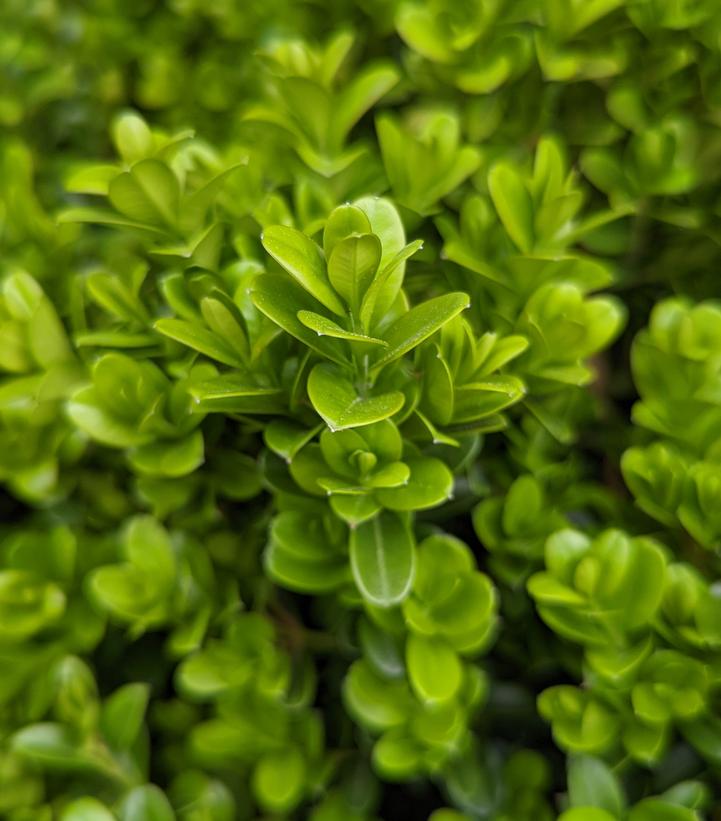



Buxus NewGen Independence®
NewGen Independence® Boxwood
- High tolerance to boxwood blight
- Resistant to leafminers
- Medium growth rate - 2 to 4 inches per year
- Deer resistant
- Category: Shrub
- Alternate Cultivar: 'SB108'
- Patent: PP28,888
- Hardiness Zone: 5-8
- Height: 36-54 in
- Spread: 36-54 in
- Bloom Color: Non-Flowering
- Foliage Color: Green Shades
Purchase options for NewGen Independence® Boxwood
- Size: 8" 12-15"
- Status: BeautiFULL
- Availability: Online
$53.00
- Size: 2 Gallon 12-15"
- Status: BeautiFULL
- Availability: Online
$63.00
- Size: 3 Gallon 15-18"
- Status: BeautiFULL
- Availability: Online
$98.00
- Size: 5 Gallon 15-18"
- Status: BeautiFULL
- Availability: Online
$145.00
Success Starts With Soil
Fafard Premium Natural & Organic Compost
$12.99
Add To CartNewGen Independence® was chosen based on its very high tolerance to boxwood blight as well as its outstanding performance in boxwood leafminer trials. It's growth is similar to ‘Green Beauty’ boxwood but has much better boxwood leafminer resistance and the leaves are slightly more elongated. NewGen Independence® is a very deep green medium-sized cultivar that holds excellent color throughout the winter. It has a rounded habit that is nearly as tall as wide. NewGen Independence® can be used in formal plantings where a medium-sized round plant is desired. It would be a replacement for Buxus sempervirens ‘Suffruticosa’ (English Boxwood) for foundational plantings. Branching structure is very strong allowing it to withstand most moderate to heavy snow loads. Deer resistant.
Growing Tips for Buxus 'NewGen Independence®'
Grows well in sunny to shaded landscapes. NewGen Independence® should be pruned lightly in late winter to early spring to maintain uniform shape. It is not uncommon for fall frosts to burn new growth that occurred in the late summer or fall. These burned shoots can be removed in late fall after first freeze or in late winter/early spring depending on the gardener’s preference.

